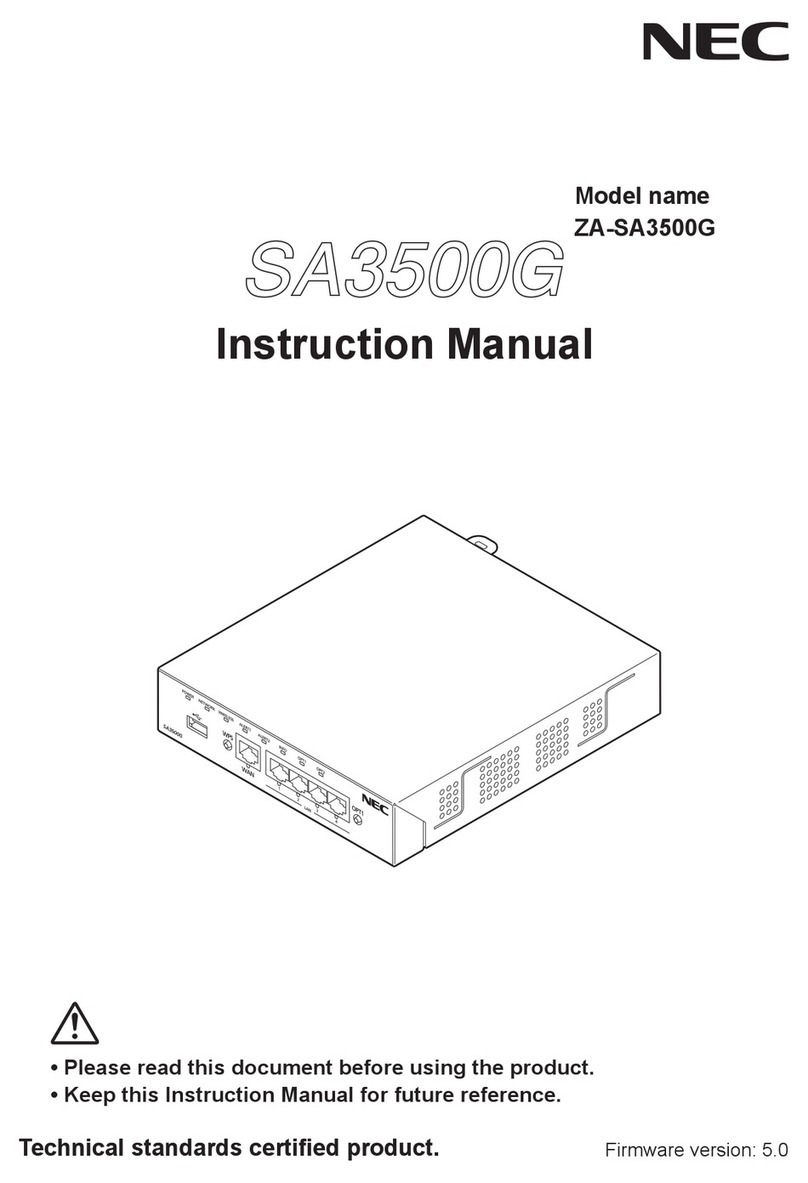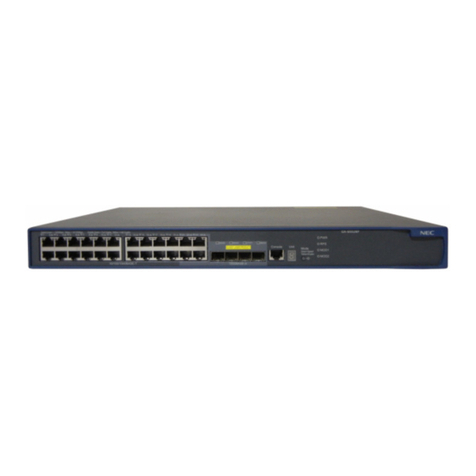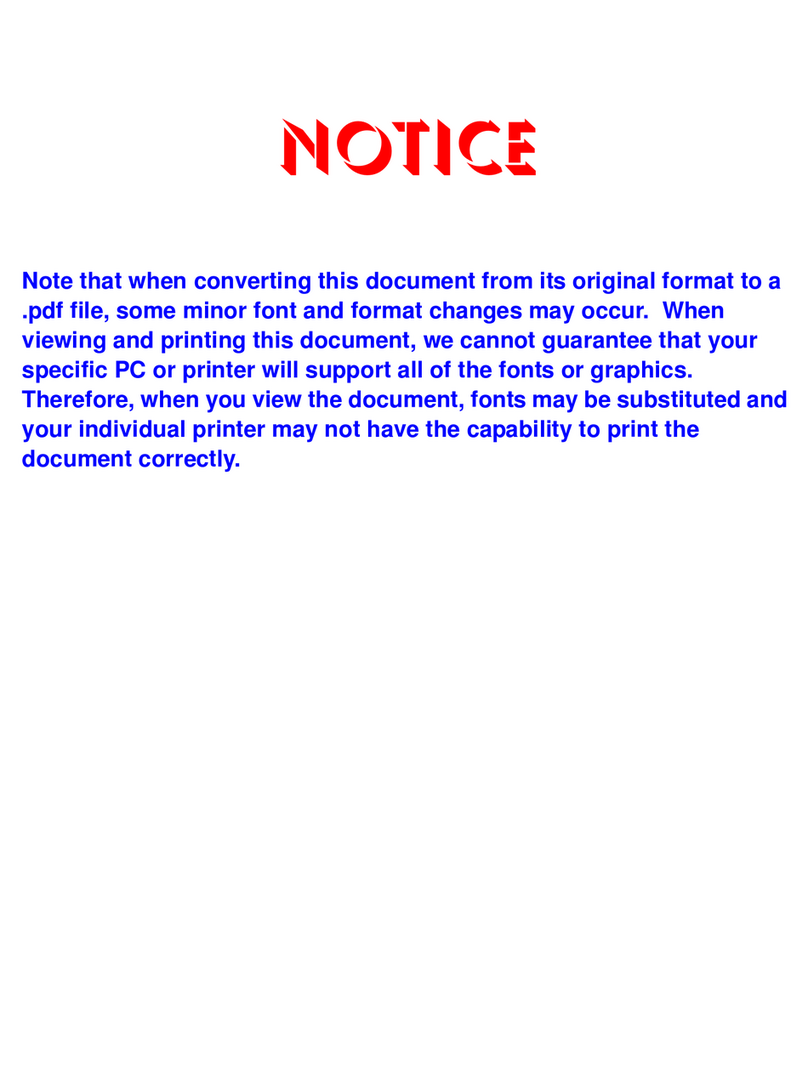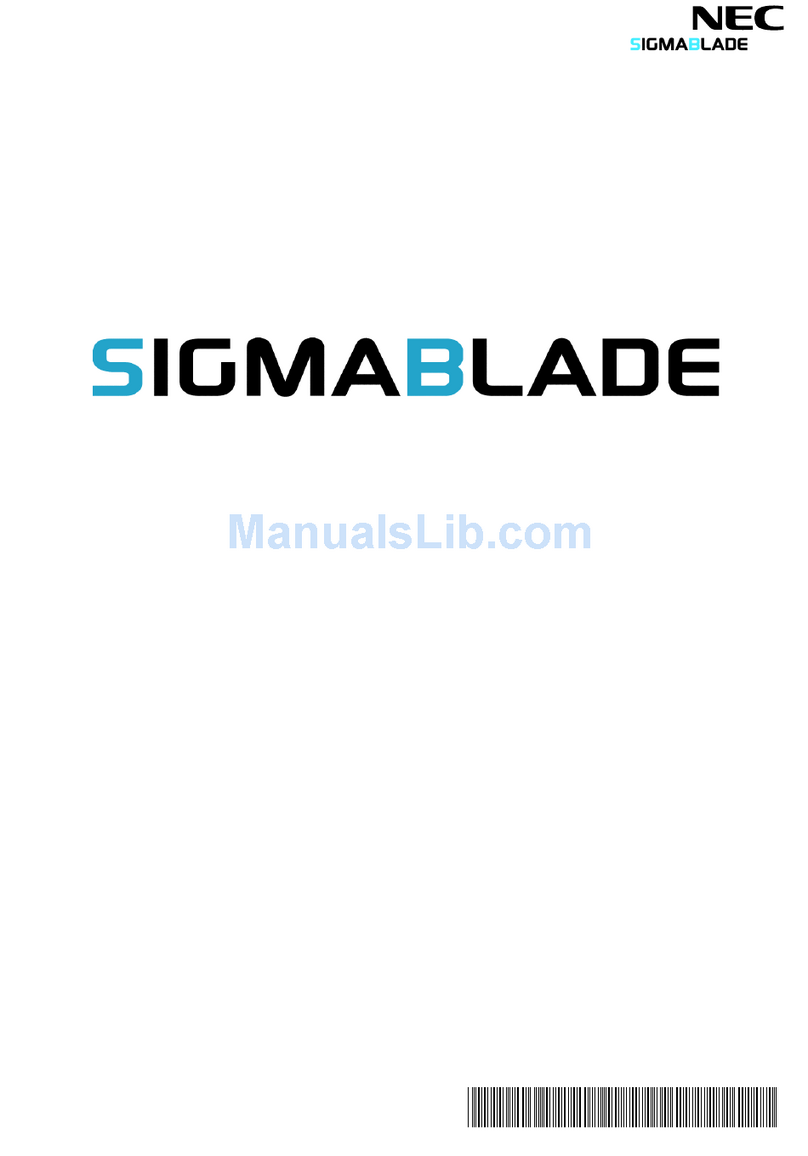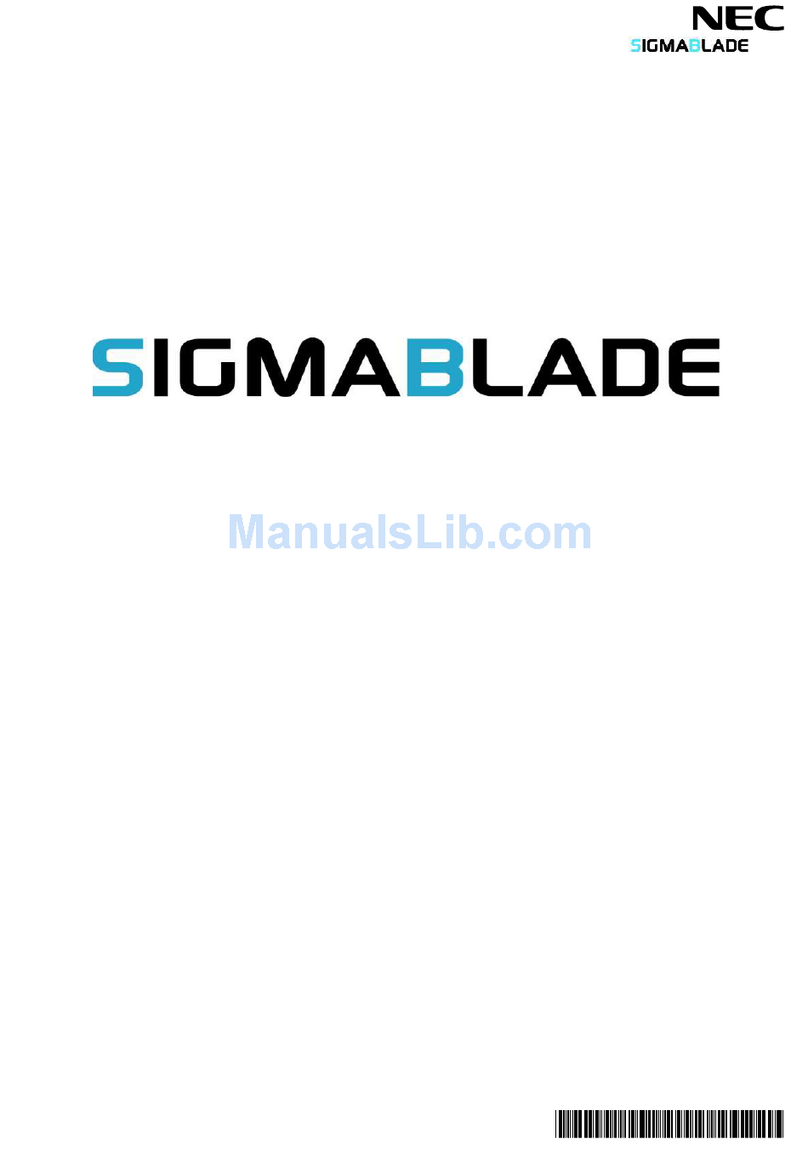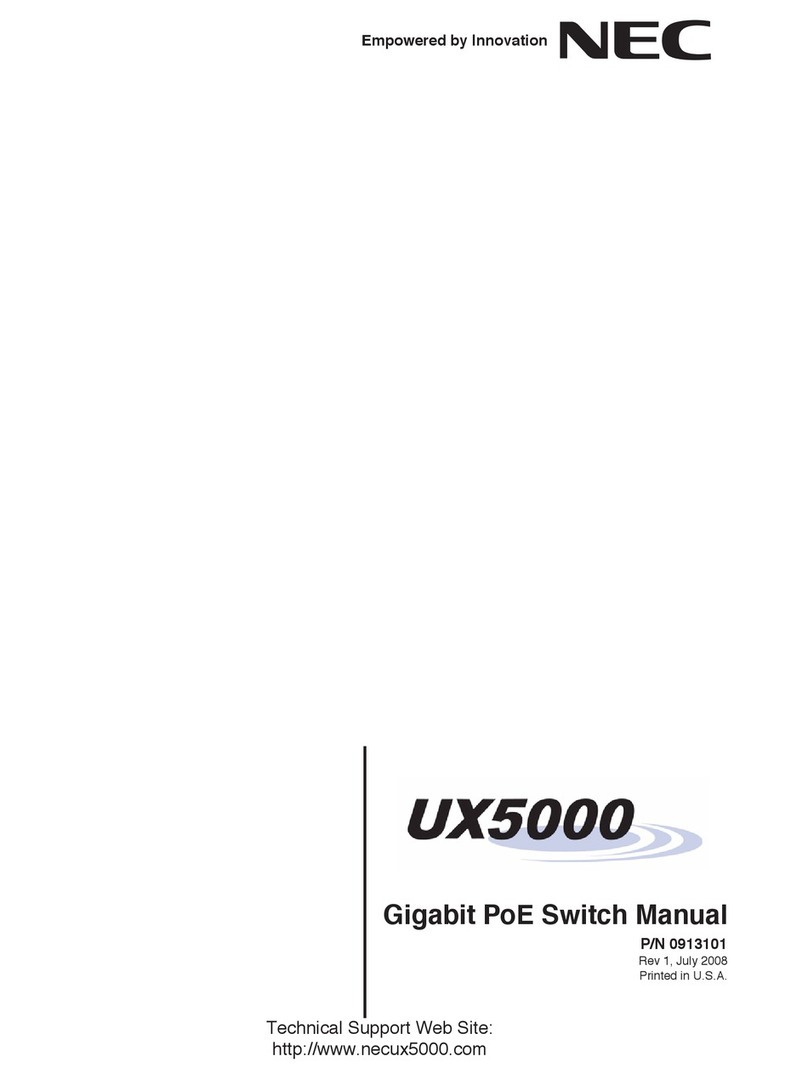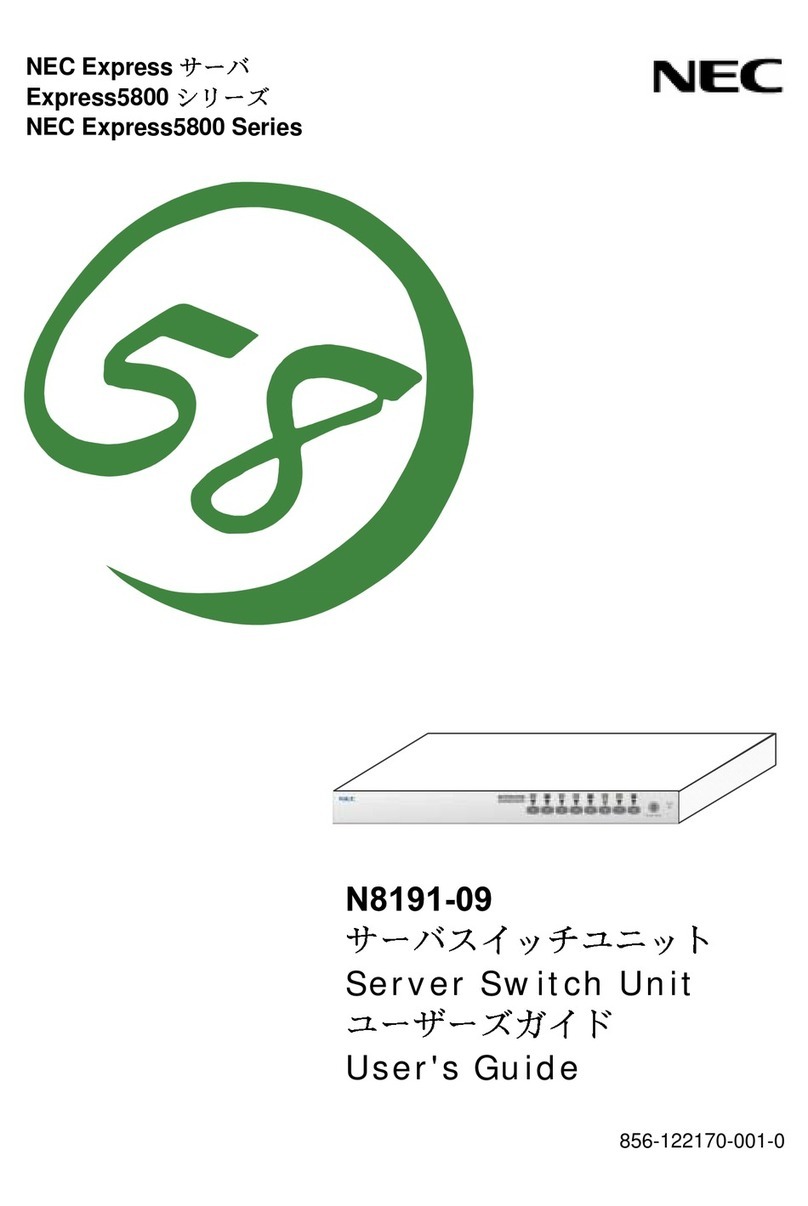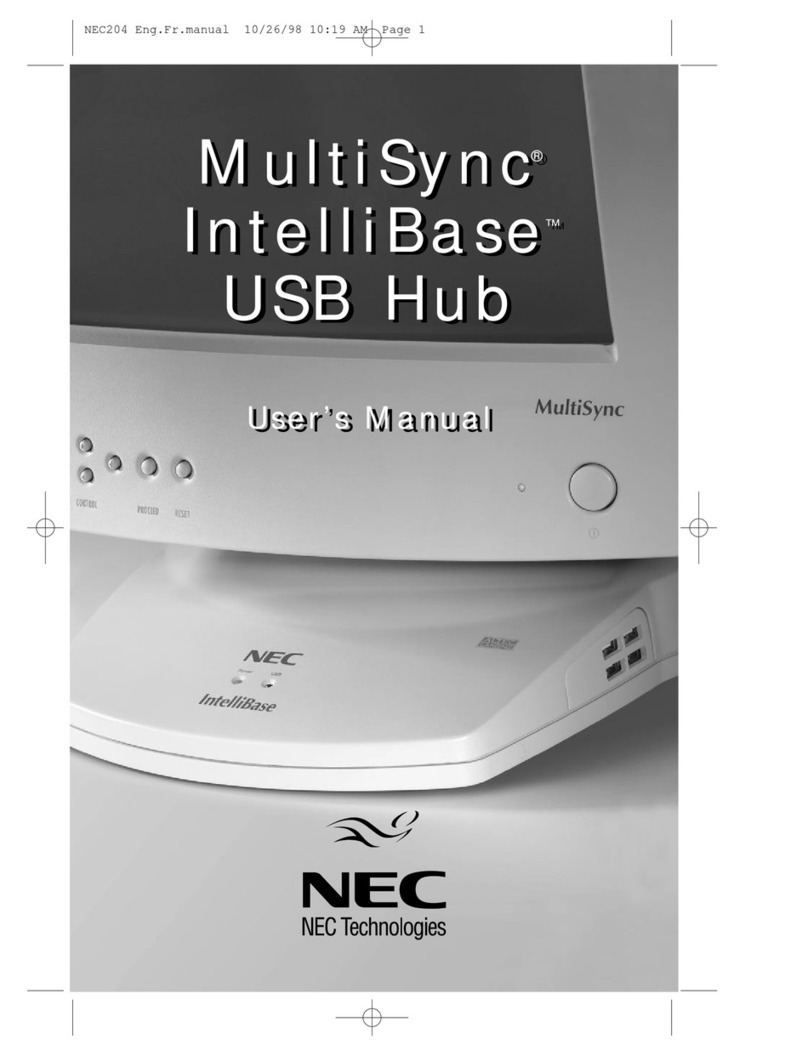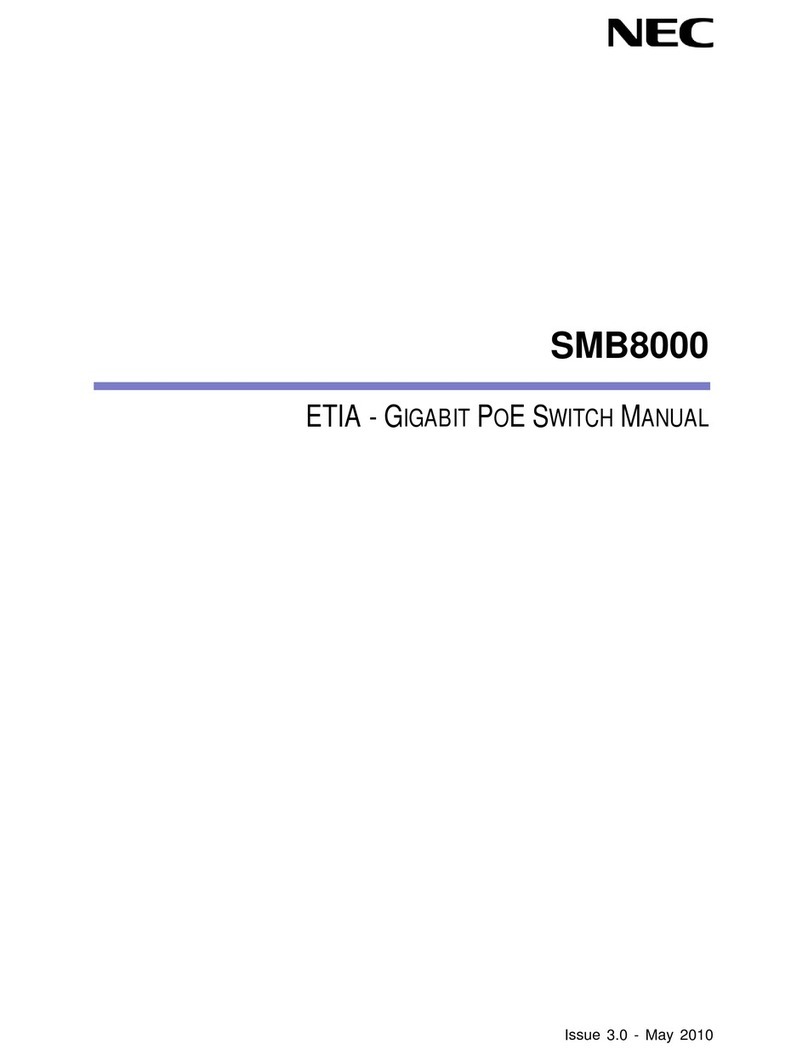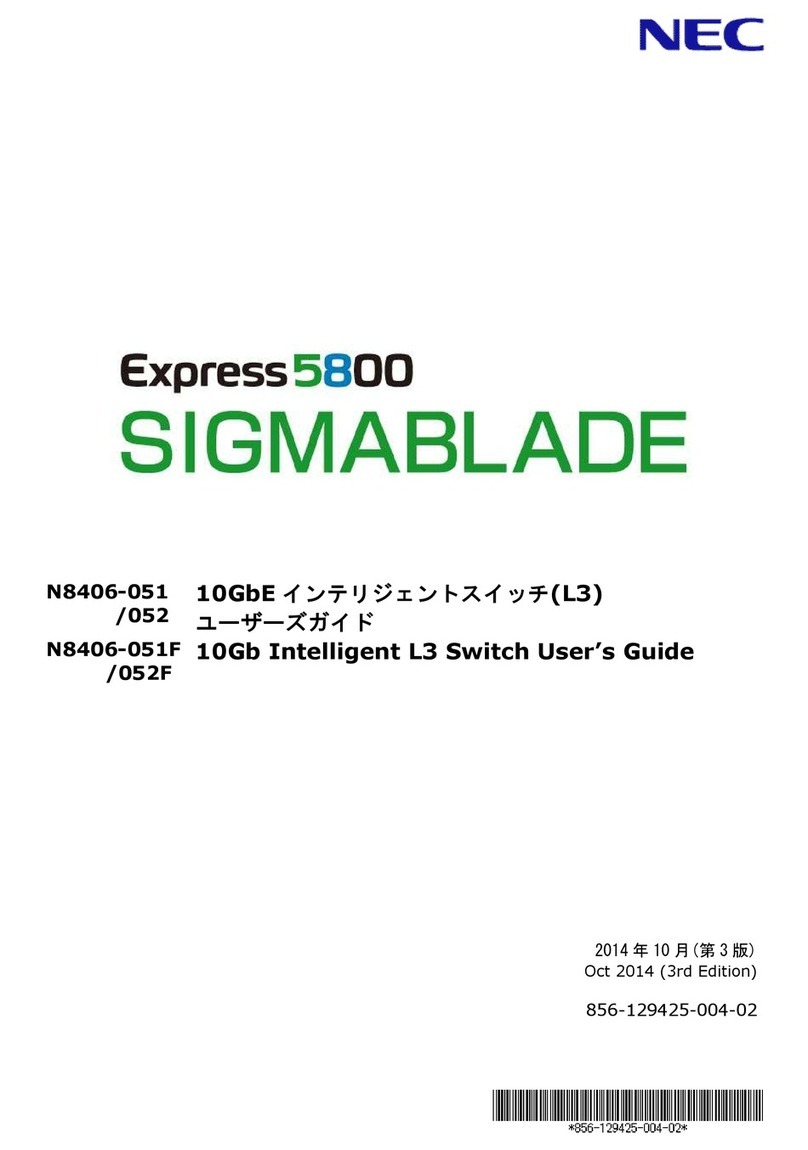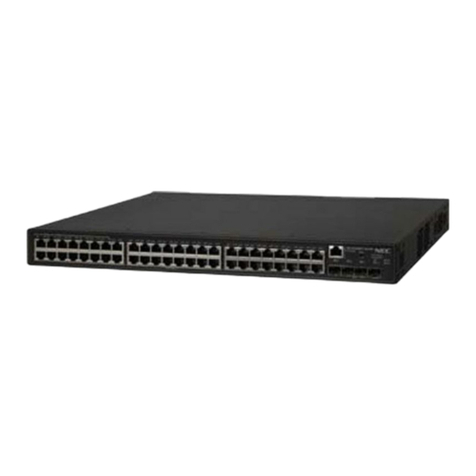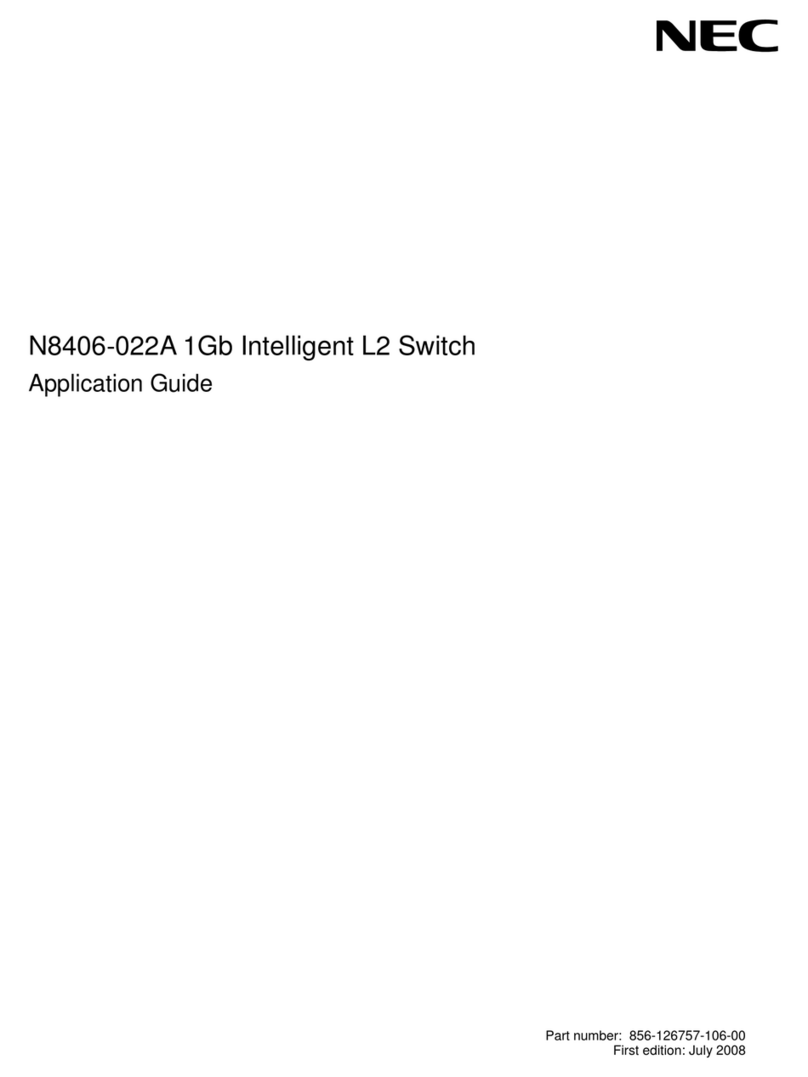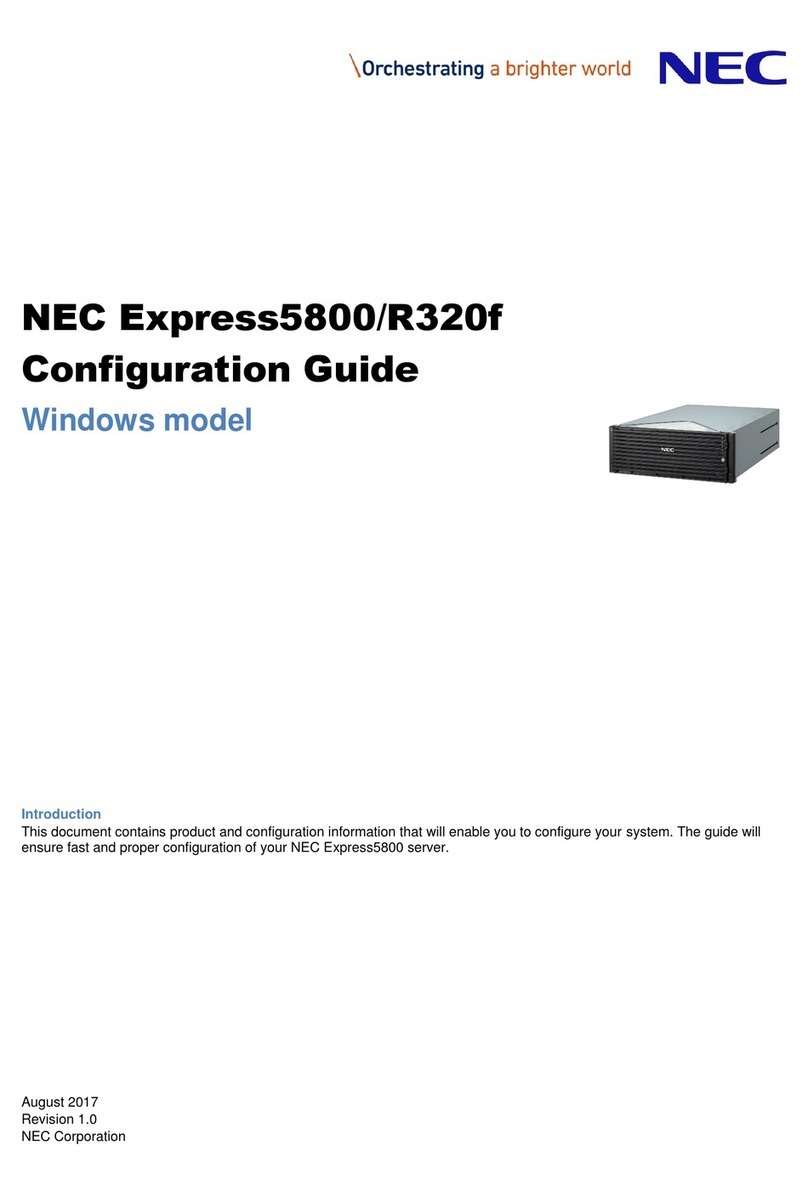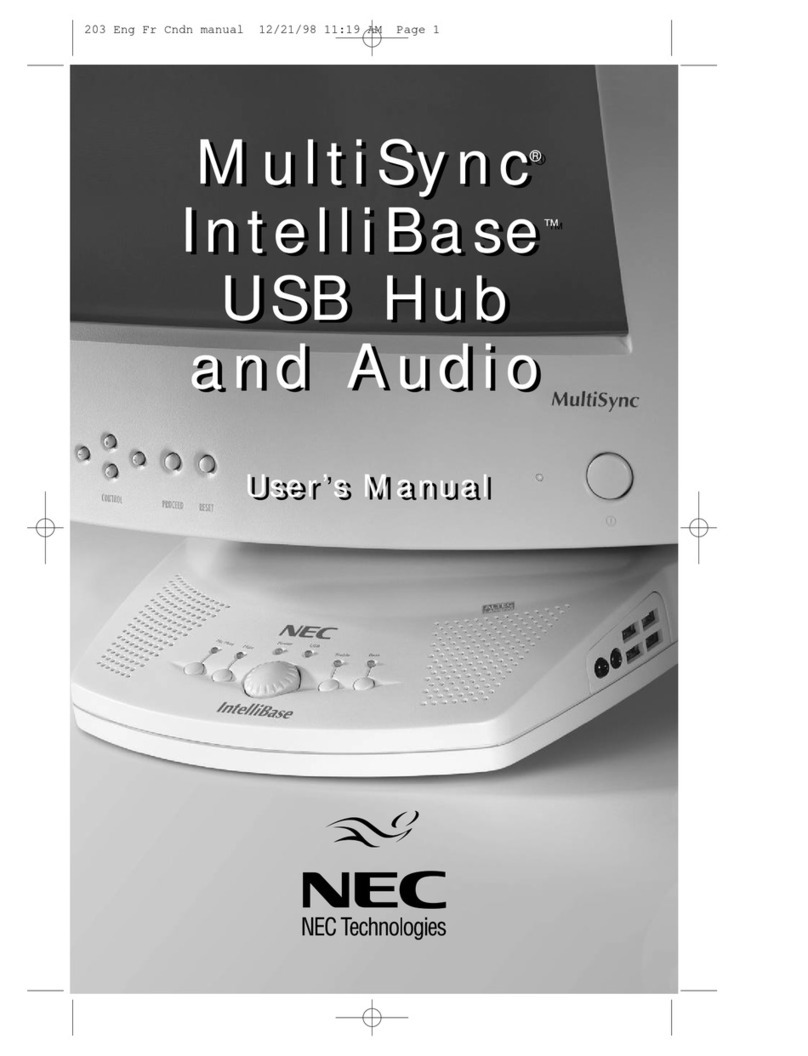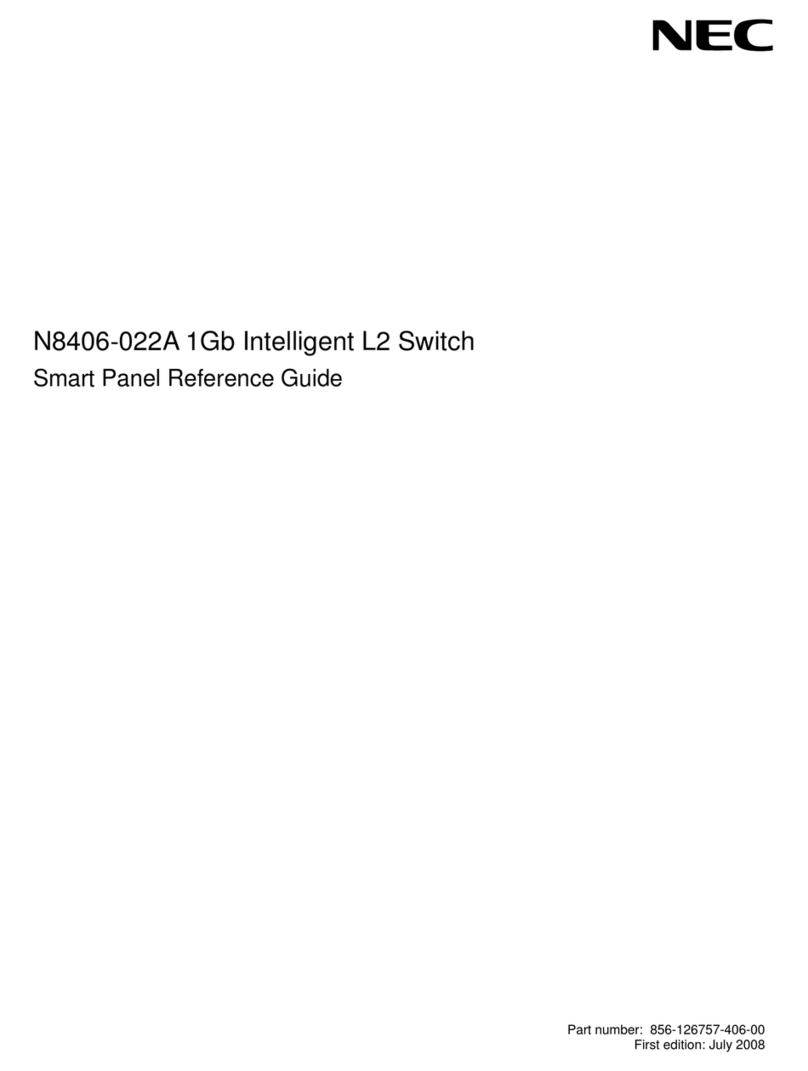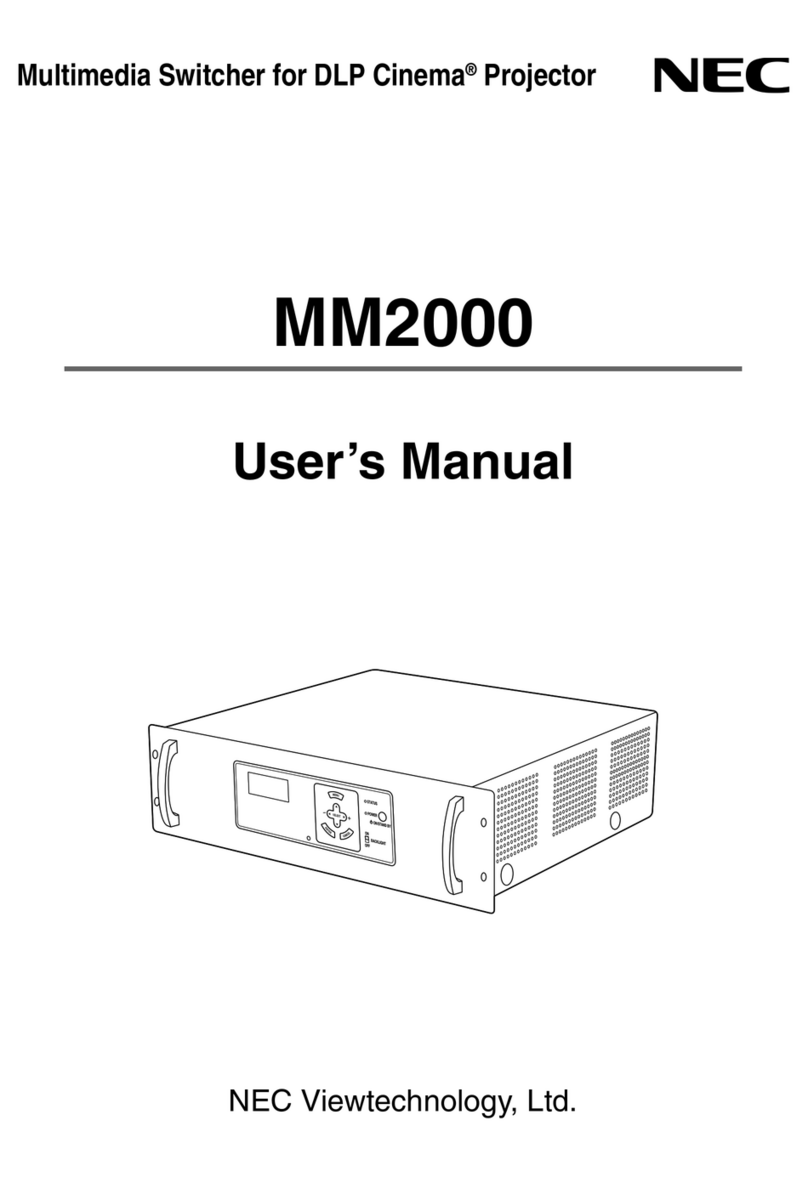
9
4.3.8 Header translation error discard indication register (0018h)....................................................... 142
4.3.9 HEC/CRC error discard indication register (001Ah).................................................................... 144
4.3.10 Input port overrun error discard indication register (001Ch) ..................................................... 145
4.3.11 Threshold value exceeding discard cell count enable register (0020h).................................... 146
4.3.12 Header translation error discard cell count enable register (0024h)......................................... 147
4.3.13 HEC/CRC error discard cell count enable register (0026h) ...................................................... 148
4.3.14 Control/cell buffer memory shortage discard cell count enable register (0028h)...................... 149
4.3.15 Receive cell count enable register (002Ah).............................................................................. 150
4.3.16 Receive cell count register (002Ch).......................................................................................... 151
4.3.17 Threshold value exceeding discard cell count register (0030h)................................................ 152
4.3.18 Header translation error discard cell count register (0034h)..................................................... 153
4.3.19 HEC/CRC error discard cell count register (0038h).................................................................. 154
4.3.20 Control/cell buffer memory shortage discard cell count register (003Ch)................................. 155
4.3.21 Output queue minimum threshold value registers (0040h, 0044h, 0048h, 004Ch)................... 156
4.3.22 Multi-cast queue minimum threshold value registers (0050h, 0054h, 0058h, 005Ch).............. 157
4.3.23 TC (Total Cell) counter minimum threshold registers (0060h, 0064h, 0068h, 006Ch).............. 158
4.3.24 Total number of cells minimum threshold value register (007Eh)............................................. 159
4.3.25 Output queue maximum threshold value registers
(0080h, 0082h, 0090h, 0092h, 00A0h, 00B0h)......................................................................... 160
4.3.26 Output queue EPD threshold value registers (00A2h, 00B2h).................................................. 161
4.3.27 Output queue EFCI threshold value registers (0094h, 00A4h, 00B4h)..................................... 162
4.3.28 Output queue CLP threshold value registers (0086h, 0096h, 00A6h, 00B6h).......................... 163
4.3.29 Multi-cast queue maximum threshold value registers (00C0h, 00C4h, 00C8h, 00CCh)........... 164
4.3.30
UC (Used Cell) counter maximum threshold value register
(00D0h, 00D4h, 00D8h, 00DCh, 00E0h, 00E8h)
........................................................................ 165
4.3.31 UC (Used Cell) Counter EPD threshold value registers (00E2h, 00EAh)................................. 166
4.3.32 Port configuration register......................................................................................................... 167
4.3.33 Class priority control register..................................................................................................... 169
4.3.34 Cycle count register (01FCh).................................................................................................... 170
4.3.35 Header translation configuration register.................................................................................. 171
CHAPTER 5 JTAG BOUNDARY SCAN............................................................................................. 173
5.1 Features................................................................................................................................................ 173
5.2 Internal Configuration of Boundary Scan Circuit.............................................................................. 174
5.2.1 Instruction register....................................................................................................................... 174
5.2.2 TAP (Test Access Port) controller............................................................................................... 174
5.2.3 Bypass register ........................................................................................................................... 174
5.2.4 Boundary scan register............................................................................................................... 174
5.3 Pin Function ......................................................................................................................................... 175
5.3.1 JCK (JTAG Clock) pin................................................................................................................. 175
5.3.2 JMS (JTAG Mode Select) pin...................................................................................................... 175
5.3.3 JDI (JTAG Data Input) pin........................................................................................................... 175
5.3.4 JDO (JTAG Data Output) pin ...................................................................................................... 175
5.3.5 JRST_B (JTAG Reset) pin.......................................................................................................... 175
5.4 Operation Description.......................................................................................................................... 176
5.4.1 TAP controller ............................................................................................................................. 176
5.4.2 TAP controller state..................................................................................................................... 176
